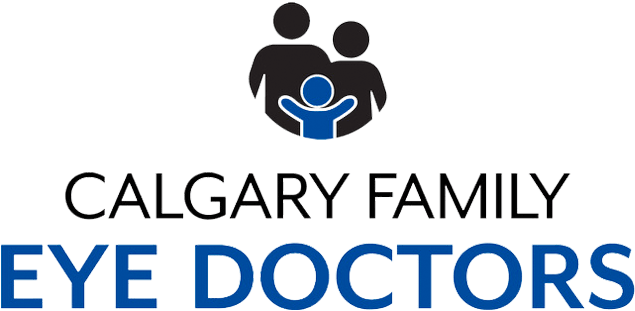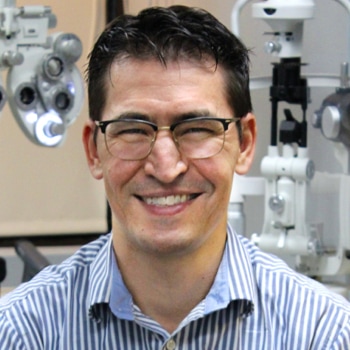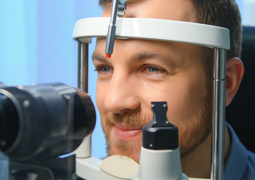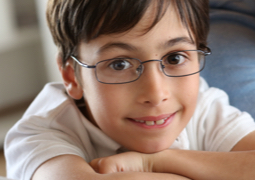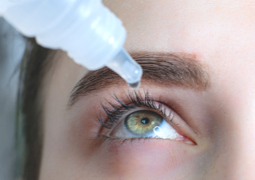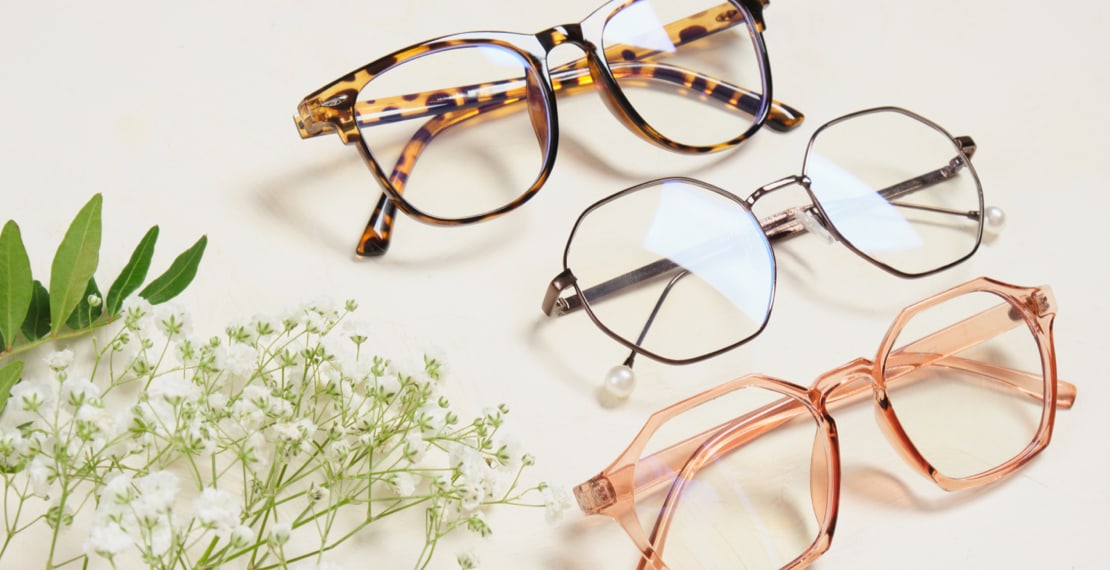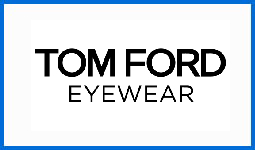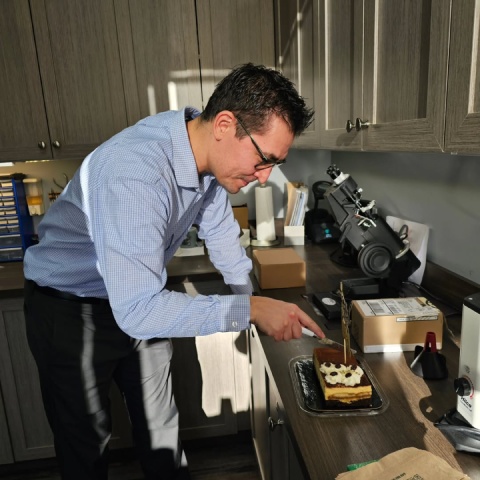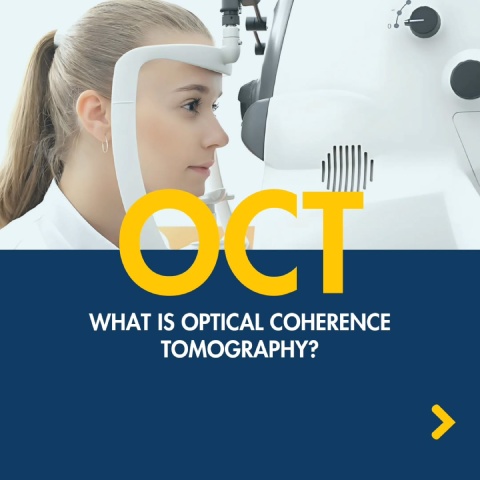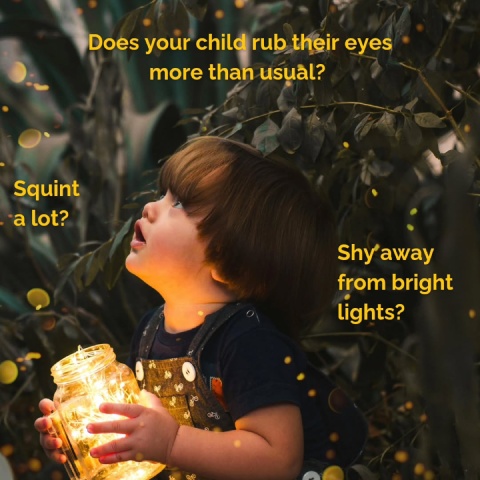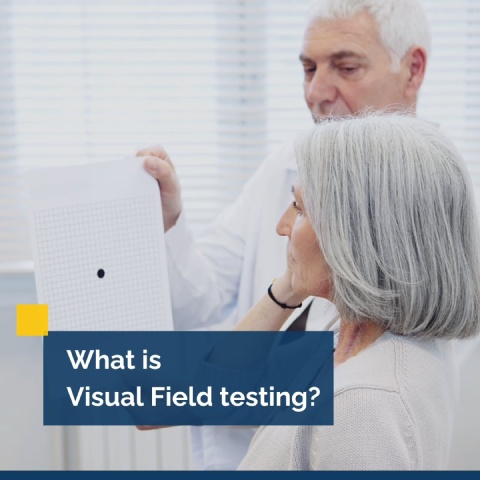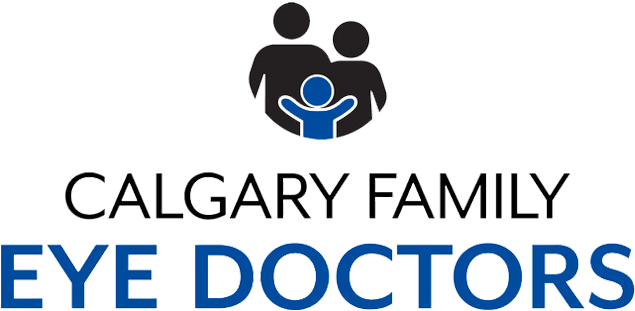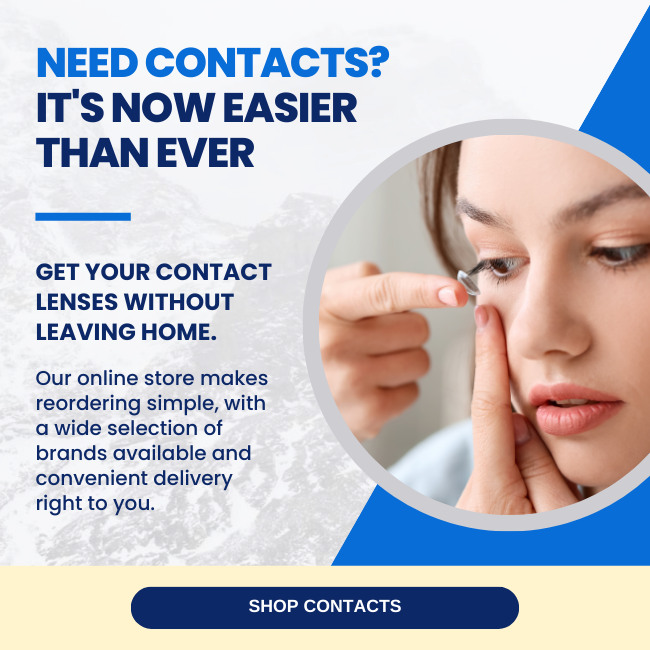Approximately 30% of Canadians are myopic, and that number continues to rise. While myopia affects people of all ages, there has been a recent rise in the number of children who are myopic. Currently, about 6% of children between the ages of 6 and 8 are myopic; by the time kids reach the ages of 11 to 13, that number increases to almost 29%. On top of the rise in numbers, children are becoming myopic at a younger age. This increase isn’t specific to Canada; while the numbers may vary around the world, more and more children around the world are becoming myopic, and it’s alarming doctors.
What is Myopia?
Myopia is better known as nearsightedness (or shortsightedness); if you’re nearsighted, objects are easier to see up close and objects farther away are blurry and out of focus.
Myopia is caused by the shape of the eye. Normally, an eyeball has a spherical shape. A myopic eyeball, however, has a more elongated shape; essentially, this means that instead of light focusing directly on the retina, light focuses in front of it.
What causes myopia?
Currently, there are no definitive causes of myopia. However, doctors agree that genetics play a role. For example, in Canada, children with myopic parents are about 2.5 times more likely to also become myopic. But there’s an increasing number of children with no family history of myopia becoming myopic, and some researchers now believe that lifestyle and environment play a role as well. More specifically, time spent on devices, studying, or reading – in essence, anything done up close – can be a contributing factor. When we (adults and children alike) spend a lot of time on “near work” like this, our eyes adjust and accommodate to having a focus point that’s up close.
How can myopia in children be treated?
Since there’s no cure for myopia, the next best thing is to try to control or correct for it. Uncorrected myopia can have negative life and health effects, so it’s best to see your Optometrist for some way to treat or control myopia.
Currently, there are a few different ways of approaching myopia control. One of them is lifestyle change: putting down the device and spending more time outside, which can be a benefit in more ways than one. In fact, recent studies, including a 2018 study at the University of Waterloo (the first of its kind in Canada), have concluded that time spent outside can slow the progression of myopia in children. In fact, the Waterloo study indicates that every half hour spent outside every week can lower the myopia risk by about 14%.
Other methods of myopia control are prescription glasses, specialty contact lenses, and medication. Prescription glasses can be either single vision or progressives (also known as bifocals or multifocals). There are currently prescription lenses on the market that are made specifically for myopia control in children. Zeiss makes two: the MyoVision and MyoKids lenses.
There are also multifocal soft contact lenses that are used for myopia control; however, using contact lenses can be trickier for children, and some parents may not want their kids using contacts at a young age.
The last option is medication. Most often this is the low-dose atropine drop. This isn’t available everywhere, though, so be sure to discuss this option with your Optometrist and check with your Pharmacist to see if this is something they can bring in or compound for you.
Why is it important to correct for myopia?
For many parents, having myopic children is a common issue; for some, it may even be an annoyance and something else for them to figure out in their busy lives. However, high myopia comes with significant eye health risks. People with high myopia are at higher risk for retinal detachments, glaucoma, and cataracts, which may lead to severe vision issues (including blindness). Since myopia will continue to progress, a child with mild or moderate myopia may end up with high myopia as an adult.
Why is the rise in myopia alarming?
This rise in myopia is alarming because myopia is now starting at younger ages. Since there’s more to myopia than simply having to wear glasses or contacts on a full-time basis, it means that younger and younger children are at risk of developing serious eye health issues in the future.
Have questions?
Give us a call or talk to your Optometrist at your next eye exam.
References
CBC News. Prescription to slow worsening myopia in Canadian kids? Head outdoors. (April 21, 2018). Retrieved March 15, 2019 from https://www.cbc.ca/news/health/myopia-children-1.4627366.
CooperVision. [n.d.] Myopia control in youth. Retrieved March 19, 2019 from https://coopervision.ca/practitioner/clinical-resources/myopia-control-in-youth.
CORE (University of Waterloo) [press release]. (February 28, 2018). Retrieved March 15, 2019 from https://core.uwaterloo.ca/news/first-of-its-kind-study-illustrates-prevalence-of-myopia-in-canadian-children.
Dolgin, Elie. (March 18, 2015). The myopia boom. Retrieved March 19, 2019 from https://www.nature.com/news/the-myopia-boom-1.17120.
McDonagh, Michele. (February 27, 2018). Lifestyle linked to huge increase in short-sightedness. Retrieved March 19, 2019 from https://www.irishtimes.com/life-and-style/health-family/lifestyle-linked-to-huge-increase-in-short-sightedness-1.3397726.
World Heath Organization. (March 2015). The high impact of myopia and high myopia: Report of the joint World Health Organization-Brien Holden Vision Institute global scientific meeting on myopia [PDF file]. Retrieved March 19, 2019 from https://www.who.int/blindness/causes/MyopiaReportforWeb.pdf.
Young, Leslie. (June 6, 2018). Does studying too much make you nearsighted? What researchers are learning about myopia. Retrieved March 15, 2019 from https://globalnews.ca/news/4257827/what-causes-myopia.
